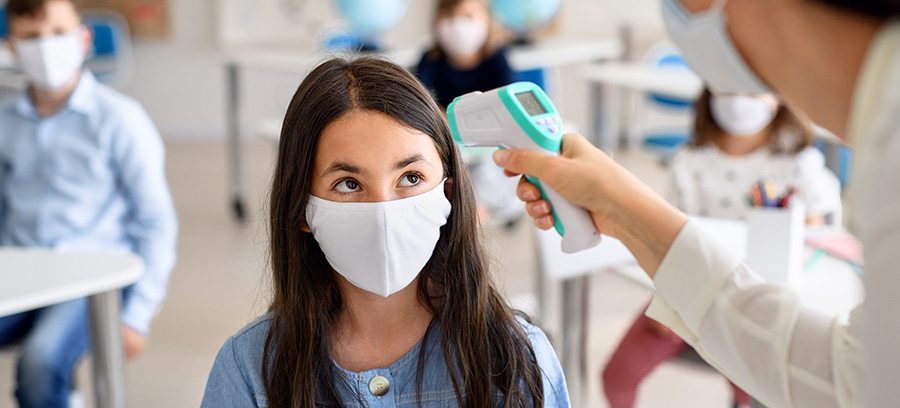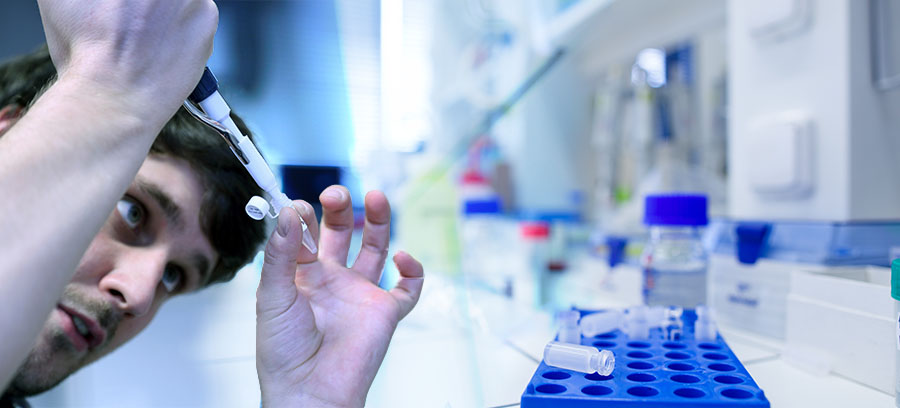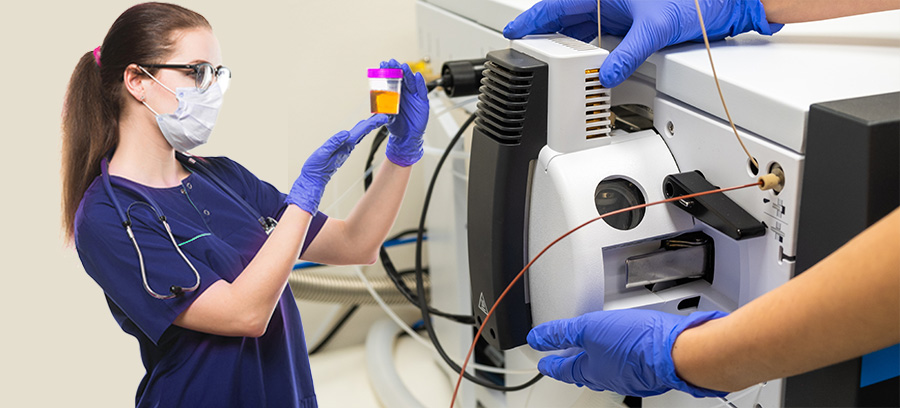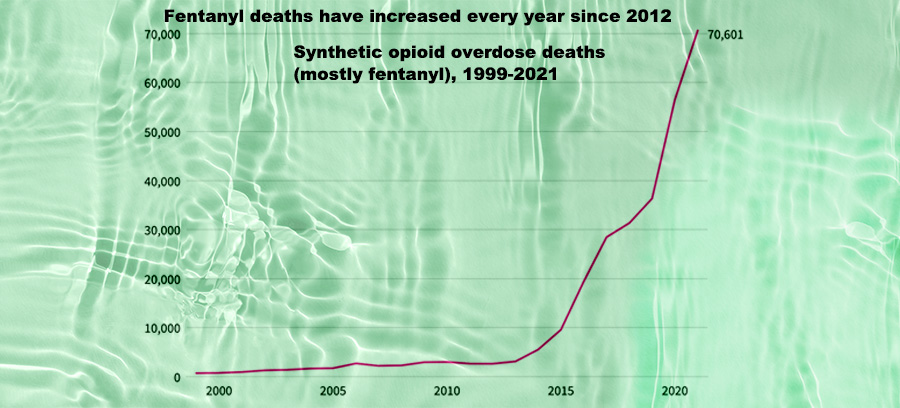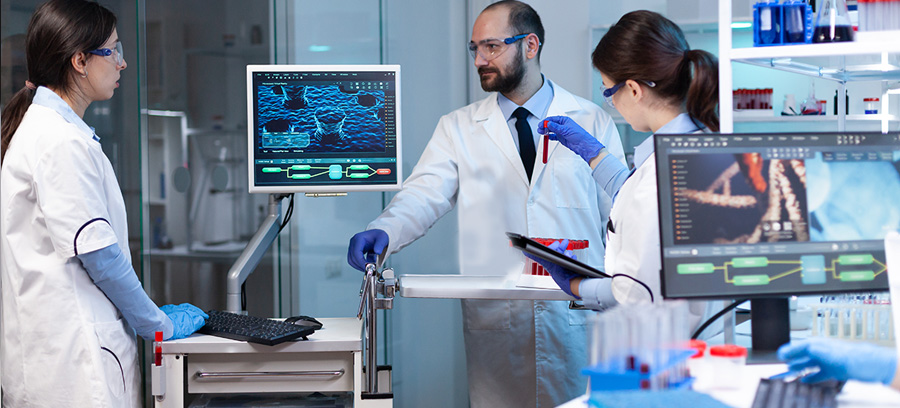Xylazine, an approved animal tranquilizer in the U.S., acts as a sedative and analgesic for veterinary use [1]. It is an α-2 adrenoreceptor agonist, detected in the unregulated drug supply throughout the eastern United States and Canada [2]. It has been detected in 91% of fentanyl/ heroin samples in Philadelphia and showed its presence in national […]
800.676.5565 | info@jantdx.com





